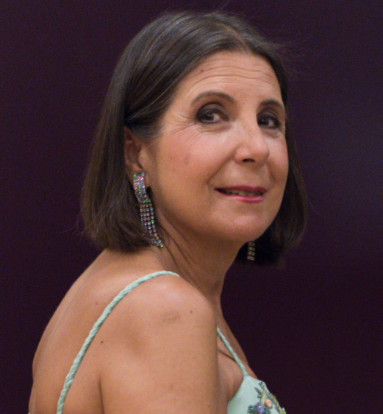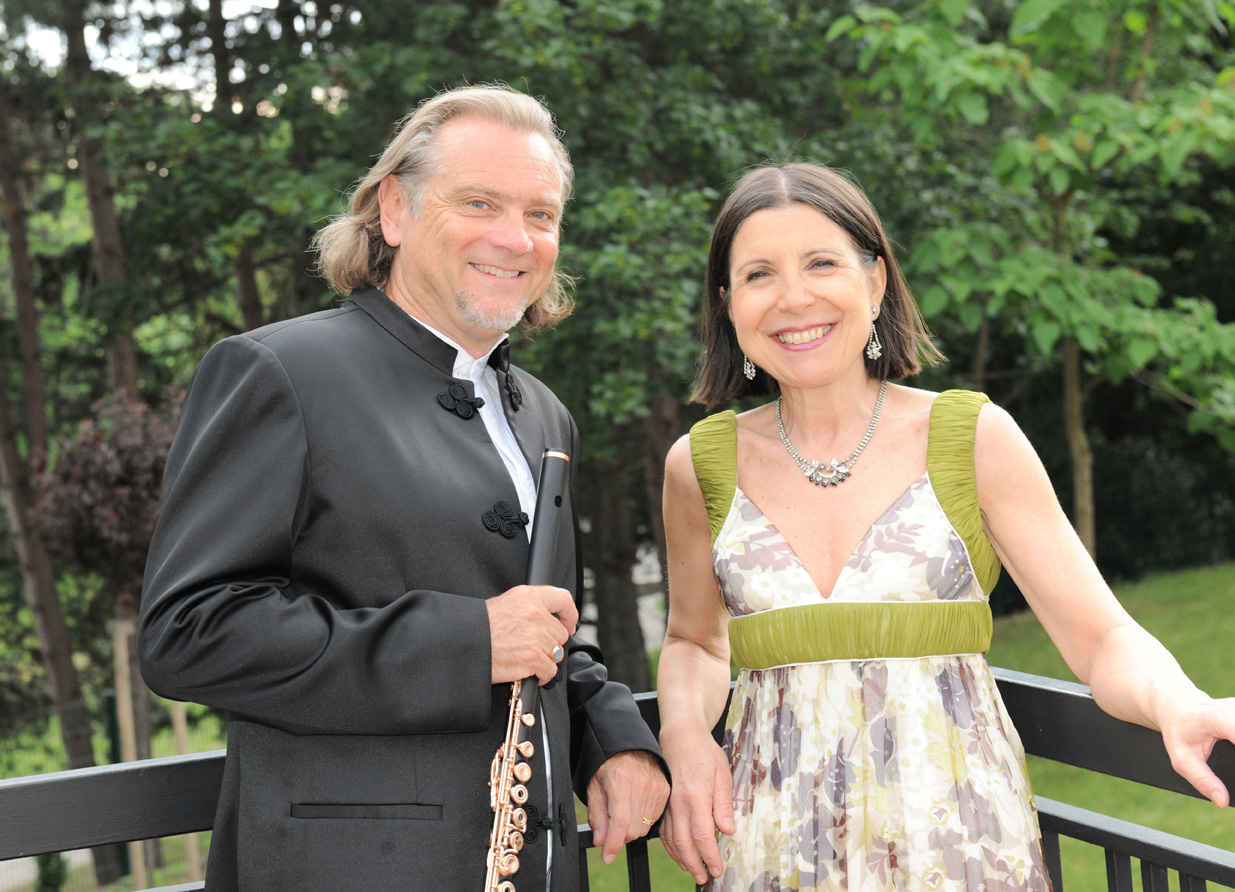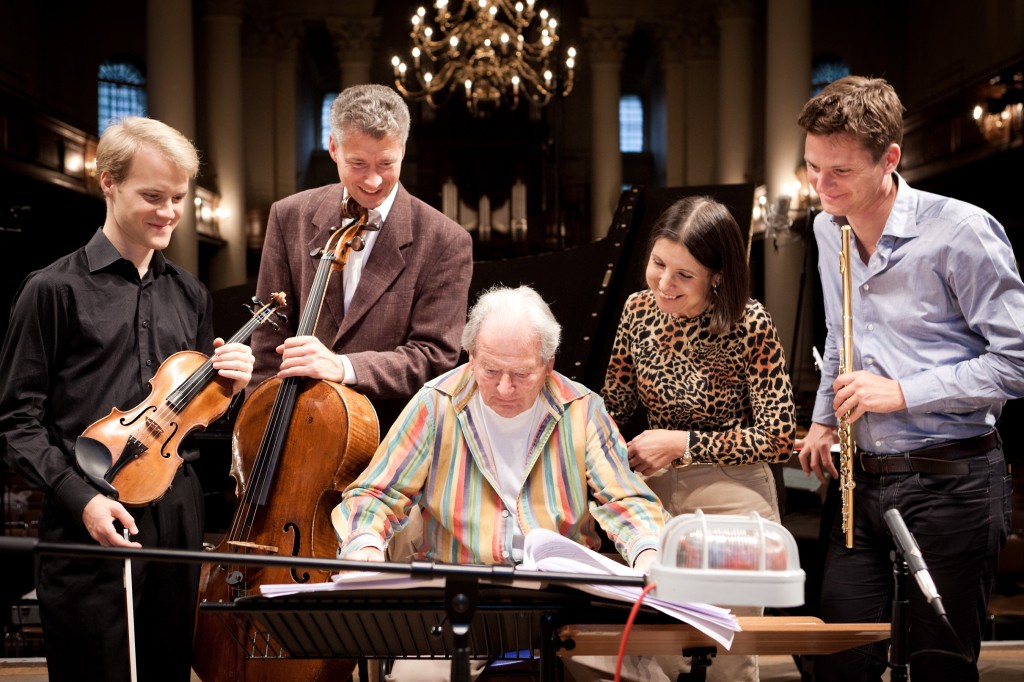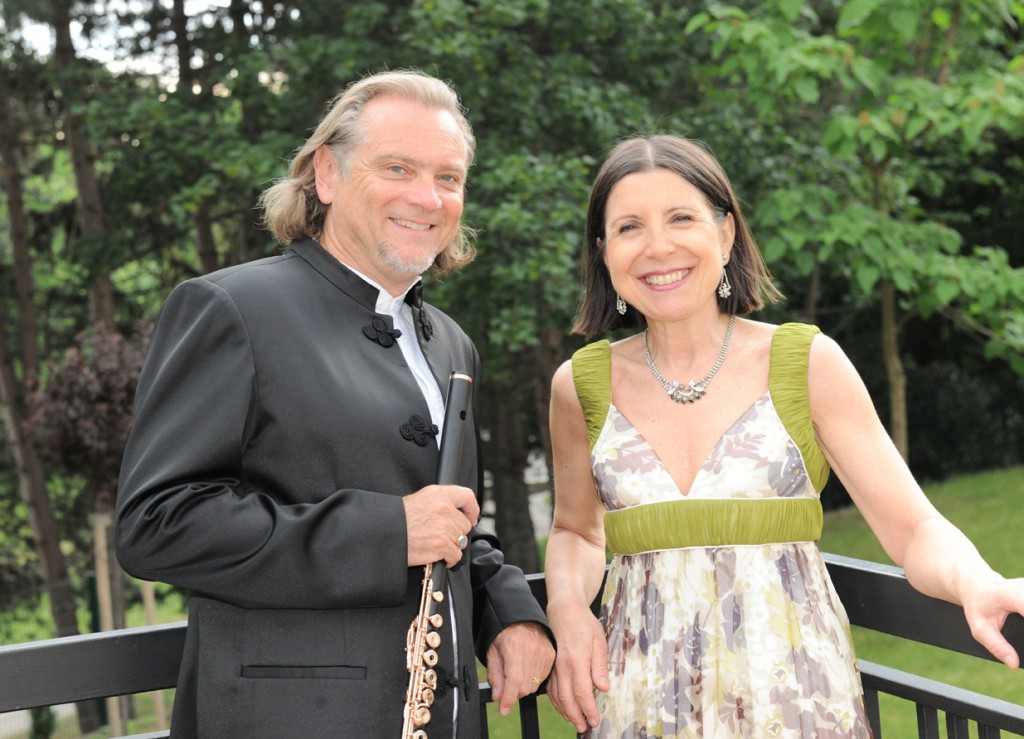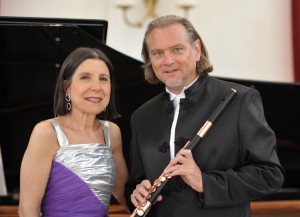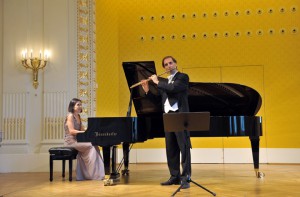Maria Prinz, Piano
Weill Recital Hall at Carnegie Hall, New York, NY
May 13, 2016
A large audience greeted Bulgarian-born pianist Maria Prinz, who offered an ambitious program that never strayed from her stated strengths and love for the Austro-Hungarian core repertoire: mature Haydn, late Beethoven, late Schubert—even the contemporary work was Austrian.
The recital was full of paradoxes for me however: someone with such obvious affection and affinity for this music yet lacking the “world-class” fingers and memory to render it without many slips; a keen poetic, lyrical sense yet one that led to rhythmic distortion beyond the pale of emotion and/or spontaneity; a good understanding of the phrasing and grammar of the period yet often with an oddly wooden sound, and many notes in chords not sounding, imperfectly voiced; and some doubtful analytical connections made in her program notes. Perhaps I was just not on her wavelength, but I could not shake these thoughts while listening.
Haydn’s great E-Flat major sonata (Hob. XVI:52) opened promisingly, with wit and crisp articulation, even when the fingers were not cooperating fully. The loveliest movement, captured very well by Ms. Prinz, was the second movement Adagio in the remote key of E major. Here her sense of quasi-improvisation suited the music perfectly.
Beethoven’s quirky two-movement E minor sonata, Op. 90, suffered from a lack of liveliness in its first measures, coupled with a rhythm that never really got off the ground. Descending scales don’t always have to have the first note lengthened before precipitously rushing downward. The Schubertian rondo in E major was graceful, though not really well-sung by Ms. Prinz. The piano tone was dull, and she didn’t observe many of the subito pp indications that give it its charm. When the repeating melody finally appears in the left hand, it was insufficiently projected, drowned by the figures in the right hand. I’d like to suggest to her that the Schubert that this movement most resembles is his late Rondo in A major, D. 951, which Alfred Brendel states was “obviously” modeled on the Beethoven.
After intermission, she tackled the first of Schubert’s last three sonatas, the C minor, D. 958. This harrowing, death-haunted music still sounds as threatening, even with its few flashes of Viennese charm, as it must have in 1828. It is Schubert at his most Beethovenian, with its virtual quotation of the descending bass line of the 32 Variationen, WoO 80, perhaps prompted by the death of Beethoven the preceding year. Again, the 3/4 rhythm of the first movement was violated right away in the first measure. I can understand a “romantic” approach to Schubert, but not to this extent. There was insufficient contrast from the ppp to the ff requested by Schubert. The slow movement had a lovely interior quality that revealed the lonely prayer-like affect and the violent tremblings of the diseased composer. The Trio section of the Menuetto captured the Ländler spirit perfectly, with vaguely ominous shadows never far away. In the finale, the longest in Schubert’s music, the tempo was not as terrifying as befits a dance of death, although the episode in which the Erlkönig sweetly lures the protagonist was beautifully played.
Ms. Prinz then played the Moto bravouroso composed by her late husband, Alfred Prinz, a clarinetist with the Vienna Philharmonic for fifty years. If he began when his bio says he did, he would have been fifteen (!). This work was in a dissonant but conservative style, sounding at times like the Swiss composer Frank Martin. Ms. Prinz brought the authority and force only she could to this touching tribute.
Her first encore, Mozart’s D minor Fantasy, K. 397, contained the loveliest playing of the evening. Ms. Prinz’ unity with the music and the style were perfection. She followed that with another paradox: a clangy rendition of Schubert’s A-Flat major impromptu (D. 899, No. 4) that was short on genuine cantabile, and with the same left-hand melody issue that marred the Beethoven for me. I do appreciate Ms. Prinz’ devotion to this core repertoire, and hope she realizes that this is just one person’s opinion.

